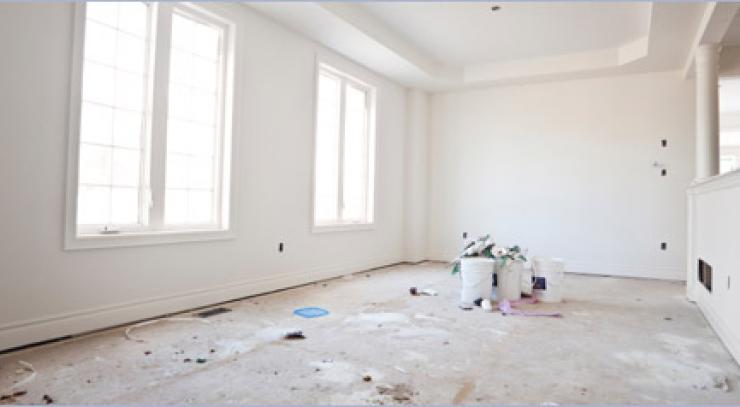On top of that, there are already printers that have built homes in a day. All of these things drastically reduce costs. Even if the materials and labor weren’t the issues, big cities are very crowded, and having an active construction site can be really costly.
We Are Witnessing Construction Speeds That Never Happened Before
As we mentioned earlier, there are already examples of 3D printing companies building homes from scratch in a day. A day! This has never been done before in history. Imagine your typical day, going to work, coming home to spend time with your family, and when you get up the next day, your brand new house is finished.
With the current standards in the industry, it takes months to build a home. Even then, customers need to pay a lot of money for additional labor, machinery, and materials to speed up the process. With 3D printers, this is so much easier.
There are also examples of transportable 3D printers that can be brought to the site and print a home on the spot. This has severe ramifications for the whole industry as construction companies cannot compete with this pace.
Just imagine giving customers the option to get a home in 9 months or a day, which one will they choose?
With current construction methods, the construction site also needs to be considered. Not every place is suitable for construction. Even if a piece of land has enough room for a house, there often isn’t room for equipment, materials, and construction machines.
This brings new issues like having to lease the area around for your construction efforts and so on. On the other hand, some areas are simply inaccessible by machinery, and construction can’t be done. With 3D printers, this is not that big of an issue.
Even those portable printers require far less space, and developers can use them in a much wider range of areas. What does this mean for the current housing industry? It means that these machines can even access markets that are currently unavailable to them.
Customers that are turned down by current developers will be able to get their projects executed by 3D printing companies.
3D Printing Materials Are Eco-Friendly
Most building materials for 3D printing are resistant to pests like insects and rodents. They are also resistant to exterior factors like mold, water, and sunlight. At the same time, these materials don’t harm the environment while offering sturdy constructions.
A lot of the companies that specialize in developing and using these technologies recycle various materials. Their build materials consist of glass, plastics, and other trash. So, this means that there is no need for new natural resources, but also that they’re cleaning up the environment.
Apart from this fact, this also reduces their development costs. These companies don’t need to buy as many new materials when they can recycle old ones. In the end, this means that buyers will benefit since they will have to pay a lower price.
They Are Easier to Design
The introduction of 3D visualization and imaging has completely changed the way these projects are done. Construction projects have been brought into the digital world. They are designed and developed on a computer.
On top of that, with 3D visualizations, customers can see a realistic representation of their future homes. They can visualize how the whole place will look, suggest changes, and be deeply involved in the process. However, with typical development methods, the home is built from the ground up.
If a customer is unsatisfied with something and they want it changed, it involves backpedaling, more time spent, and additional costs. With 3D printing, the project doesn’t start until everything is set in place.
Furthermore, there is usually no need for a contractor, and customers can design their own dream homes from scratch. They have more control over the process and can give input that determines the outcome.
This is only the start of the house 3D printing era. We are already seeing major benefits that will shake the housing market to its core. What’s even more amazing is that this technology and processes are still developing, and there are unlimited potentials.
The whole industry will have to buckle up and make significant changes. Current housing developers will have to adopt 3D printing as well to stay competitive or lose the battle.












